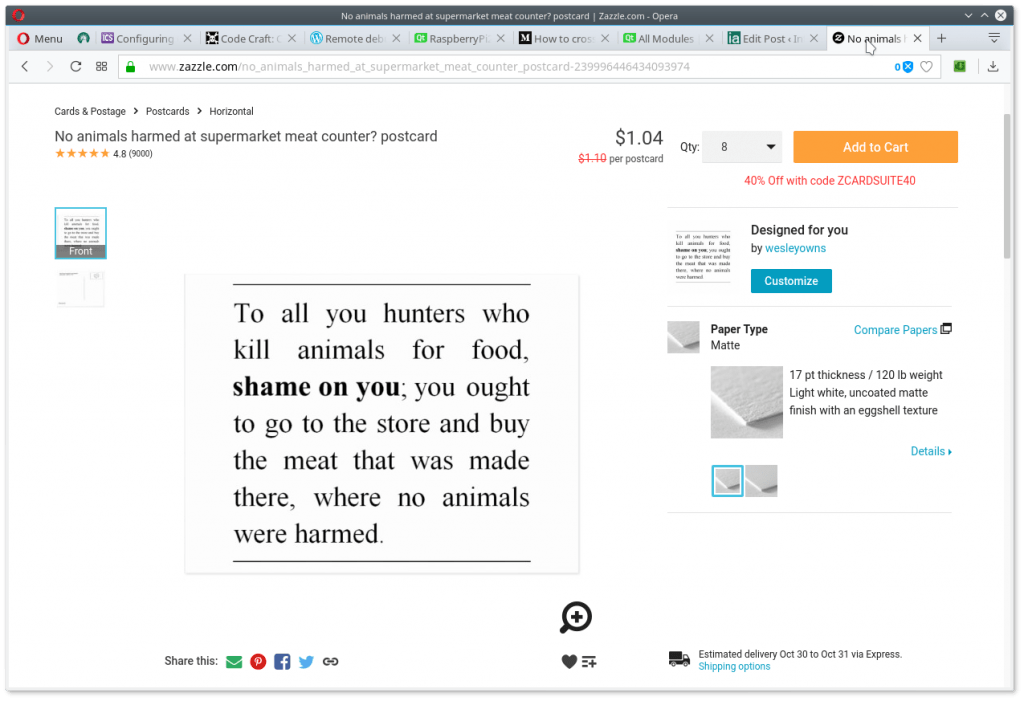
If you live out east where it is one large concrete jungle starting north of New York City heading south through its septic tank, New Jersey, it’s probably difficult for you to even comprehend having towns four miles apart. This became even more important when we got rail.
Despite all of the chatter about the Industrial Revolution and despite what the people in Silicon Valley wish to tell the world, America was and still is an Ag leader. Our crops have fed and clothed the world for roughly two centuries. Our seed and Ag technology has spread out to lift up countries which are now, agriculturally, our competitors. Why did we allow this? While it sucks when every country has bumper crops in the same year, it sucks far worse when there isn’t enough food to go around. Famine bring with it disease and armed revolt. When your only other option is starving to death, dying in a gun fight don’t seem so bad.

In the early days, farms had very limited on-site storage. We didn’t have electricity or automobiles. Everything had to be built by hand, no power tools. If you were both wealthy and lucky, you had a windmill pumping water up to a cistern in your house where you hand pumped it to needed places. Outdoor storage tanks like the one in the image don’t work well in locations where winters are both long and hard. Unless the water is continually flowing it will freeze causing the pipe to burst.
Towns needed lots of food and cities massive amounts. While cattle could be driven under their own power to the stock yards around Chicago, flour, corn meal, fruits and vegetables all had to be hauled. Without the invention of the railroad large inland cities would have been places of disease and famine during winter months. Especially when the winters were hard enough to freeze the rivers so even big cities on the rivers and lakes couldn’t get food stuffs hauled in.
Necessity isn’t the mother of invention. It is usually stupidity and laziness with a sprinkle of greed. Working from sun up to sun down and actually caring about your horses meant two miles each way was about as far as your team could take a load each day. This made for a four mile round trip which took a good part of the day. Family farms didn’t have all kinds of people and horses to dedicate a group of horse teams for harvest transportation.
Once in town and in the hands of the middle men they would sell some locally and bundle the rest for wagon trains which came past on a regular basis. The city needed food. Later, when the rail came to towns food could move more quickly and from a greater distance to a city. Areas within a one day rail trip of a major city could even crate live chickens and package eggs sold to buyers in the city. I know my telling you this will warp your young brains, but in order for you to have eggs for breakfast, those eggs had to be transported from a farm. Sadly, too many Millenials actually believe the content of this postcard.

That comment actually appeared in the Kankakee Daily Journal on January 4, 2009. A bastion of journalistic integrity which will one day rise to the level of the National Enquirer.
Contrary to what you might think, the railroad didn’t cause towns to spread out and disappear. Rather it helped cause, quite literally, a rash of four mile towns popping up along its path. The railroad didn’t solve the problem of getting the crops from farm to town, just solved the problem of getting from town to city.
Yes, you’ve all seen western movies with these massive ranch spreads a “day’s ride” or more apart. Those are ranchers, not farmers. The livestock needed ample water and grazing. We are talking about farmers here. Row crops and those amber waves of grain

Cutting, binding and threshing that by hand is a lot of work.

Just look at that massive pile of straw in the back and all of those guys sacking seed by hand. Prior to that steam thresher, it was hand threshing then tossing the grain in the air repeatedly to separate the wheat from the chaff.
What? You never knew where that phrase came from?
Yes, it came from those rural Americans you have probably made fun of all your life because they weren’t city dwellers such as yourselves. Well riddle me this Batman. When the trucks and railroads all go on strike, who is going to be the first to starve? I will give you a hint. It won’t be the people actually growing the food.

In case you don’t know, there has to at least be a breeze. You can’t really separate on a still day.
How did they cut all of those amber waves of grain down so you could eventually have your daily bread?
The life and magic of the four mile town didn’t die with the automobile per se. It died as soon as people started turning them into affordable trucks.

Yes, there were things we could today call pickup trucks before this. You can read the Ford Truck History if you wish. You can also read about the other people who were turning Model T’s into pickup trucks before Ford got into the game. While those small trucks meant you could haul cans of milk and crates of eggs faster and farther from your farm, you still couldn’t get the big stuff there quicker. Once trucks started getting bigger and the “tractor trailer combination” started getting popular, the days of the four mile town were number. Until we got actual agricultural tractors, farms could not get bigger though.
That was the magic of the four mile town. Most have either disappeared or been annexed into a city.


